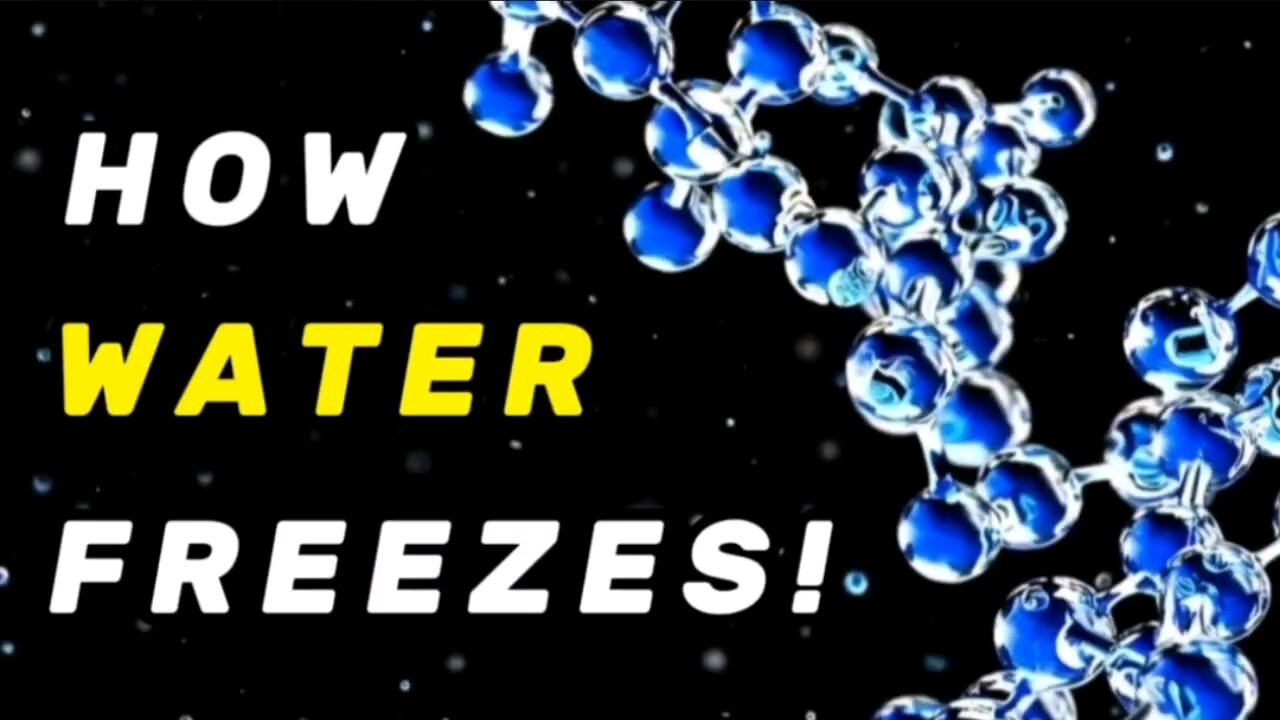Premium Only Content

Lining Up
At the molecular level, water freezes when its thermal energy decreases to the point where hydrogen bonding becomes the dominant force over kinetic energy.
Below 0°C at 1 atm pressure, the motion of water molecules slows, allowing them to arrange into a hexagonal crystal lattice.
Each water molecule, with its bent structure and polar nature, forms four hydrogen bonds—two through its hydrogen atoms and two through its lone electron pairs—creating a tetrahedral geometry.
This lattice is characterized by significant open spaces between molecules, as the hydrogen bonds keep them at a fixed distance.
These spaces explain why ice is less dense than liquid water, allowing it to float.
As water transitions from liquid to solid, the latent heat of fusion (approximately 334 J/g) is released, which must be removed for freezing to continue.
-
 LIVE
LIVE
SlingerGames
2 hours agoThursday Variety Stream!
62 watching -
 DVR
DVR
SIMSIM GT
3 hours agoConvoy | Truck Simulator | TRIPLE 55INCH SETUP | GOPRO POV |
3.84K -
 LIVE
LIVE
IronAngel26
4 hours ago $0.01 earnedHuntShowdown with my brothers
71 watching -
 LIVE
LIVE
GamingwithMagus
2 hours agoOG Final Fantasy fan plays FF7 Rebirth part 27
258 watching -
 LIVE
LIVE
charwinslow
14 hours agocurrently playing Assassin's Creed: Shadows, expert mode (& Nintendo Direct reaction n yoga)
103 watching -
 LIVE
LIVE
hockeymancb77
4 hours agoNEW GAME ALERT!!! R.E.P.O. Stream! Lets get it!
191 watching -
 LIVE
LIVE
TwinGatz
4 hours ago🔴LIVE - 1.3 UPDATE HAS LANDED | ARMA Reforger
377 watching -
 LIVE
LIVE
DLDAfterDark
2 hours ago $0.06 earnedMinuteMan Kit For Beginners! The Do's and Don'ts of Gear/Equip.
116 watching -
 2:51:37
2:51:37
HELMETFIRE
3 hours ago🟢Helldivers 2 🟢RUMBLE TAKEOVER!
25.3K -
 1:44:52
1:44:52
Precision Rifle Network
1 day agoS4E10 Guns & Grub - New Gear & 2A News
17.3K